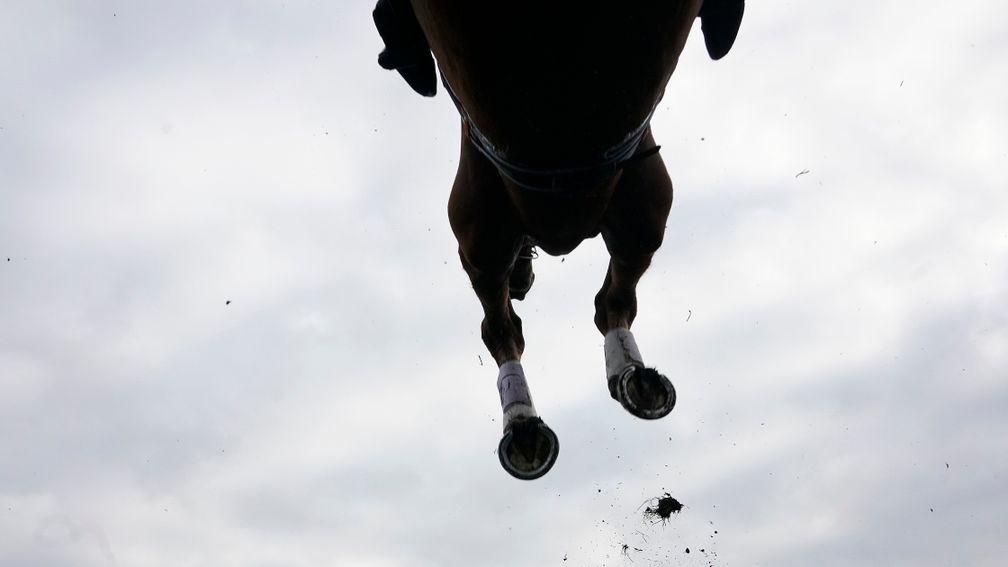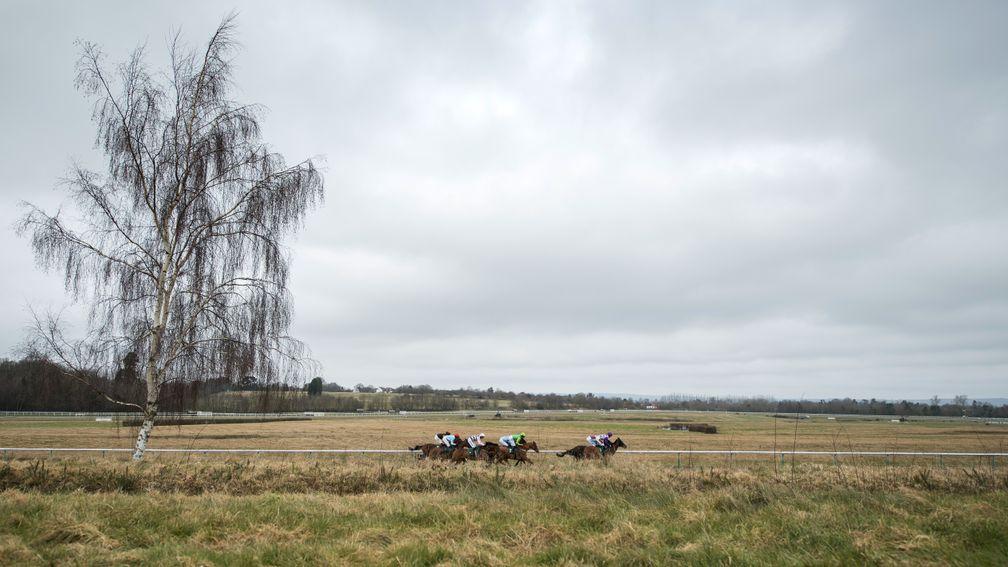Wind-op declarations no bad thing despite evidence it is no road to riches

A year of wind operations being declared on racecards in Britain has not – as many punters perhaps would have hoped – led them on the road to riches.
Racing Post research covering the 12 months from January 19, 2018, when wind surgery was first declared on racecards, revealed that of the 1,355 horses who ran for the first time since surgery, 158 won, for a strike-rate of 11.7 per cent.
That produced a loss-on-investment figure of 16.9 per cent, while putting £1 on all of those runners would have lost you £229.75.

Such findings may result in many – including from the ranks of trainers, their secretaries, breeders and consignors – wondering whether the exercise was, and is, worth it.
However, the research has uncovered ways to potentially make a profit from wind operations.
For instance, backing colts who have had breathing procedures yielded a level-stakes profit of £39.41 at a 20.9 per cent strike-rate (13-62), with a profit-on-investment of 63.6 per cent.

A year of stats is hardly conclusive evidence, of course, and maybe the evidence is purely coincidental and will even itself out over time to match the overall figures.
It is, perhaps, a little easier to explain why certain trainers have positive records with their operated-on representatives.
Those prominent in the table-toppers include Nicky Henderson, Paul Nicholls – the man who seemingly made this hot topic fashionable – and Colin Tizzard, titans of the training ranks possessing years of experience, who know exactly when to push or pull.
They haven't reached the summit of their profession by making bad decisions too often, so it cannot be much of a surprise they have tended to shine in this sphere.
The trio also care for raw material of the highest order, horses who should be winning races, pre- and post-surgery.
Michael Scudamore, on the other hand, might contend that not one of the 14 runners, none of whom won, he had since treatment would improve with a Ferrari engine fitted.
Those who called for wind operations to be made public wanted it chiefly for information, just like they might want horses' weights published; it's grist to the mill and matches the sport's quest for transparency.
Backing horses on their first outing for a new trainer is not a profitable policy, but it would be absurd to say such information should be kept from punters. In fact, little should be kept from them.
Download the knowledge of more than 200 experts with our free mobile app - it lets you study the form, get the latest tips and place a bet on the go. Get the app here
Published on 21 January 2019inNews
Last updated 19:34, 21 January 2019
- 'It's a dream come true' - 18-year-old to follow in Khadijah Mellah's footsteps with ride in the Magnolia Cup
- Merci Olivier! No final winner for Olivier Peslier but the world of racing unites in saluting the end of a great career
- The latest edition of the Racing Post is available to read online now - here's how you can access it
- How Smart View recorded a 76 per cent profit at the Cheltenham Festival
- Smart View is available on the Racing Post app - how to read the revolutionary new racecard
- 'It's a dream come true' - 18-year-old to follow in Khadijah Mellah's footsteps with ride in the Magnolia Cup
- Merci Olivier! No final winner for Olivier Peslier but the world of racing unites in saluting the end of a great career
- The latest edition of the Racing Post is available to read online now - here's how you can access it
- How Smart View recorded a 76 per cent profit at the Cheltenham Festival
- Smart View is available on the Racing Post app - how to read the revolutionary new racecard